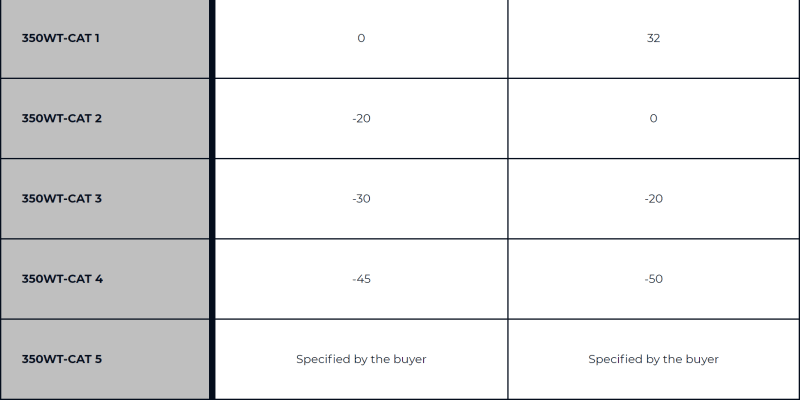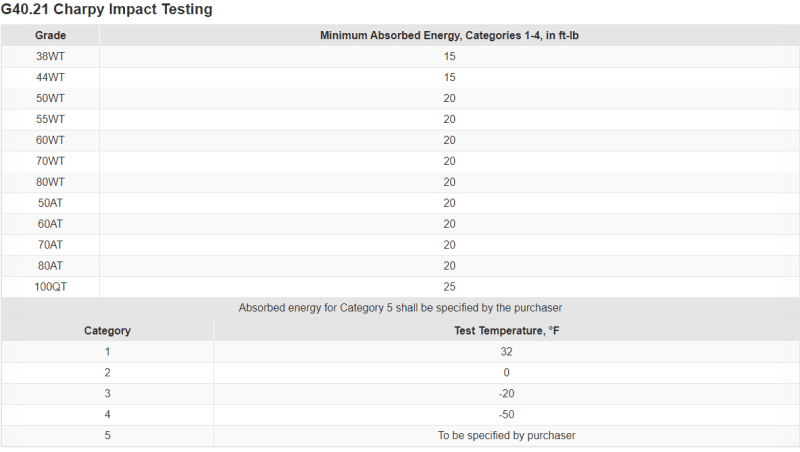I've attached a pdf of a substation structure that I designed and is currently being fabricated. The only specifics that I submitted to the fabricator were requiring that the W8x28 beams be ASTM A572 GR 50 or ASTM A992 GR 50. I believe that the fabricator added their own specs prior to sending to the mill for fabrications which required that the steel meet standard Charpy Test requirements. Since graduating from school, I haven't really thought about Charpy Tests much and haven't had any issues from steel members not meeting their requirements. I refreshed myself on their purpose and it looks like Charpy Tests are used to determine the brittleness/ductility of the steel. The structure will see light wind and seismic loading. I've never heard of people being concerned about fatigue loading on substation structures similar to this but wanted to make sure that I'm not missing something before having the mill go ahead with the steel that isn't passing the Charpy Tests.
Does it surprise anyone that the steel isn't meeting the Charpy Tests? Should this be cause for concern? I've tried to find the actual requirements for A572 and A992 testing to see if Charpy Tests are even required to meet these specs but haven't had luck tracking them down online. If anyone knows where I could find them to review, that would be welcome.
Thanks for any advice.
Does it surprise anyone that the steel isn't meeting the Charpy Tests? Should this be cause for concern? I've tried to find the actual requirements for A572 and A992 testing to see if Charpy Tests are even required to meet these specs but haven't had luck tracking them down online. If anyone knows where I could find them to review, that would be welcome.
Thanks for any advice.



